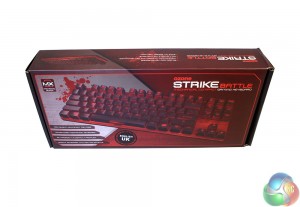
The box for the Ozone Battle Strike is, much like the keyboard itself, quite small. It is made of high quality card and features some good pictures and feature lists giving you a good idea of what it is you are buying – if indeed you are doing so in person. There is also a set of tick boxes on the end, letting you know which switches the board comes with.
For reference, the review unit I was given incorporates Cherry MX Reds.
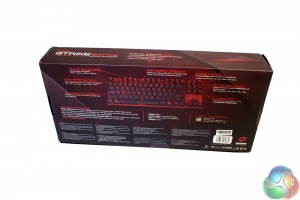
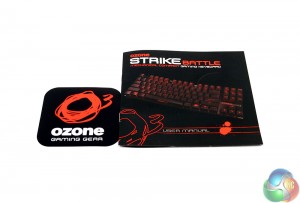
The only accessories you get with this peripheral are a sticker and a quick set up manual.
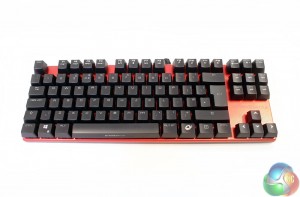
The Ozone STRIKE Battle board is, for want of a better word, striking. It has an open style where all of the keys are raised from the main body, which runs flush across the entire board. There are no raised edges and no real extraneous material outside of the keys themselves. Space is further saved by the lack of a numpad, making this a good travel keyboard or one for those with limited surface space.
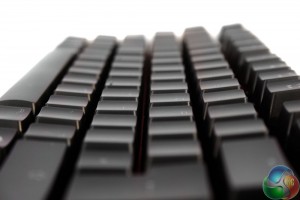
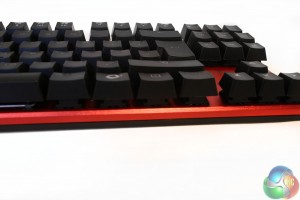
Keycaps are standard Cherry MX toppers, with a slightly concave surface and translucent plastic lettering to allow the LED lighting to shine through. However, unlike other board makers, Ozone has acknowledged that off-centre LED placement makes for off-centre lighting, so it is made sure to locate all of the secondary function indicators at the top of the key caps. Lighting should still be uniform throughout each of them.
Due to the flush main body, each of the keys is open to the elements, which gives the Strike Battle that barebones look. It should also make it easier for cleaning, though it may make individual keys more vulnerable to spill damage.
Unfortunately, while the aluminium plate underneath the keys looks good from a couple of feet away, up close it is easy to see the relatively poor finish along the edges, specifically the front. It is not particularly noticeable, but it is there and seems a shame as it lets down the rest of the board's quality feel.
Popping off a few keys, you can see the standard Cherry MX Red switches and the standard cross-mount for them on the caps themselves.
To maximise space-saving, every F key has a secondary function. Whether it is adjusting the polling rate or controlling media functions – they are all there.
With the F keys handling media controls, the far right section of this board has double function macro keys mapped to the Insert and Delete portion. Those can be tweaked or altered in the back-end software, along with a number of other settings.
The underside for the board has red on the right side though it does feature rubber feet in each of the corners and extra rubber coating on the extenders, which help angle the board, for those that prefer that.
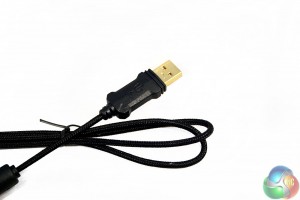
The cable is braided to a high standard and features a custom USB header with a gold-plated connector.
 KitGuru KitGuru.net – Tech News | Hardware News | Hardware Reviews | IOS | Mobile | Gaming | Graphics Cards
KitGuru KitGuru.net – Tech News | Hardware News | Hardware Reviews | IOS | Mobile | Gaming | Graphics Cards


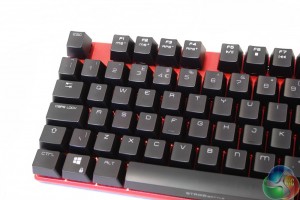
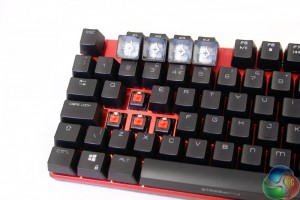
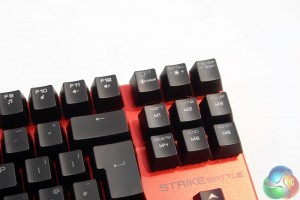
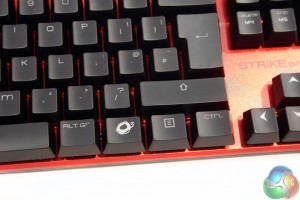
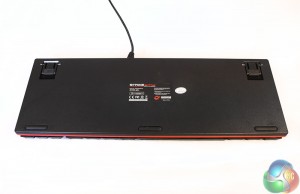
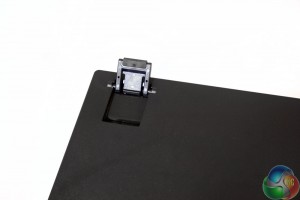

Who else would LOVE to play DOOM 4 on this?
Your first choice kitguru Find Here
hmm i think lack of numpad in tenkeyless keyboard can’t be really one of the cons, it’s one of its main features after all 🙂
+you need some moderation here 😉